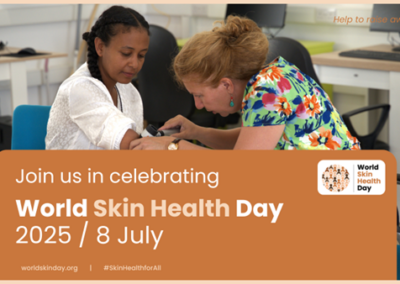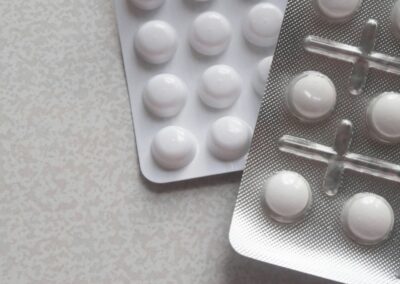Written by Mark Pennington, Consultant Health Economist
A National Institute for Health and Care Excellence (NICE) recommendation can open the door to widespread adoption for a new medical device. But does getting a NICE recommendation require extensive evidence on clinical and cost-effectiveness? Not necessarily. In this post I look at the requirements for the NICE Medical Technology Evaluation Programme (MTEP), and share some observations from experience assessing company economic submissions to MTEP as the economic lead for King’s Technology Evaluation Centre (KiTEC), an external assessment centre (EAC) for NICE.
The assessment process generally starts with the company notifying NICE of their technology. Devices to be assessed by MTEP are then chosen by the Medical Technologies Advisory Committee (MTAC). This is the committee that will ultimately scrutinise evidence from the company, clinical experts, and EAC, and come to a decision on whether or not to recommend a technology. Clinical and economic evidence submitted by the company form the basis of the deliberations by MTAC.
The case for adoption rests on demonstrating a technology will generate superior outcomes for patients at equivalent or lower costs, or equivalent outcomes at lower cost. In practice, this means clinical evidence establishing the equivalence or superiority of the technology, and economic evidence indicating cost parity or cost savings associated with uptake of the technology. An important consideration is the role of the technology within the current National Health Service (NHS) care pathway. An effective and cheap diagnostic technology may not be recommended if diagnosis would not lead to changes in NHS treatment (e.g. Neuropad).
The key challenge for the economic submission is to demonstrate parity or cost savings associated with uptake of the new device. The remit of the MTEP is to ensure that recommendations do not increase costs on the NHS or undermine quality of care. However, the MTAC is reluctant to reject devices that are highly likely to be cost-effective at the conventional £20,000 per QALY threshold. Two recommendations flow from this. Firstly, whilst the basis for the economic submission is a cost-minimisation analysis, evidence on cost-effectiveness can be beneficial. Secondly, the MTAC will consider evidence on potential cost savings that may be weakly supported by the literature, provided assumptions are in line with clinical opinion.
A strong economic submission is not essential to secure a positive recommendation. Indeed, the EAC will often correct flaws in evidence submissions that may extend to extensive model changes. However, the EAC will not go out of its way to quantify all of the potential patient benefits and cost savings associated with a new device. The submission process is the company’s opportunity to shape the scope of the evaluation and ensure it covers all aspects of the care process in which uptake of the new device has the potential to generate cost savings. The MTAC understands that the evidence base supporting economic analysis of devices may be very limited compared with that underpinning a drug submission. The key to securing a positive recommendation, rather than a ‘further research needed…’, is a well-prepared submission that includes the following:
- A clearly elucidated role for the device in the current care pathway
- Well marshalled evidence to demonstrate equivalence or superiority of outcomes with the device compared with currently used alternatives
- A cost analysis that shows good understanding of the care pathway and best use of available evidence.
The MTAC is keen to encourage uptake of cost-effective devices in the NHS. A strong submission can help assure the committee and achieve a positive recommendation when the evidence base is weak.
If you would like to learn more about health technology assessment (HTA) submissions (including systematic reviews, health economic modelling, and medical writing), please contact us at Source Health Economics, an independent consultancy specialising in evidence generation, health economics, and communication.




